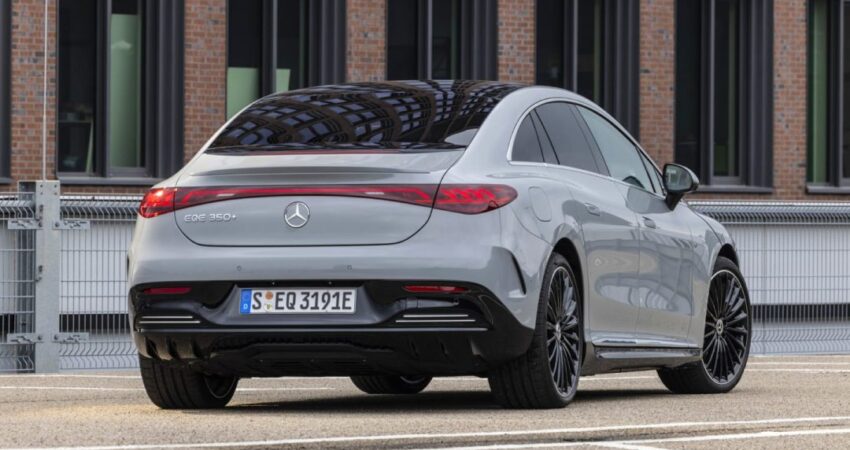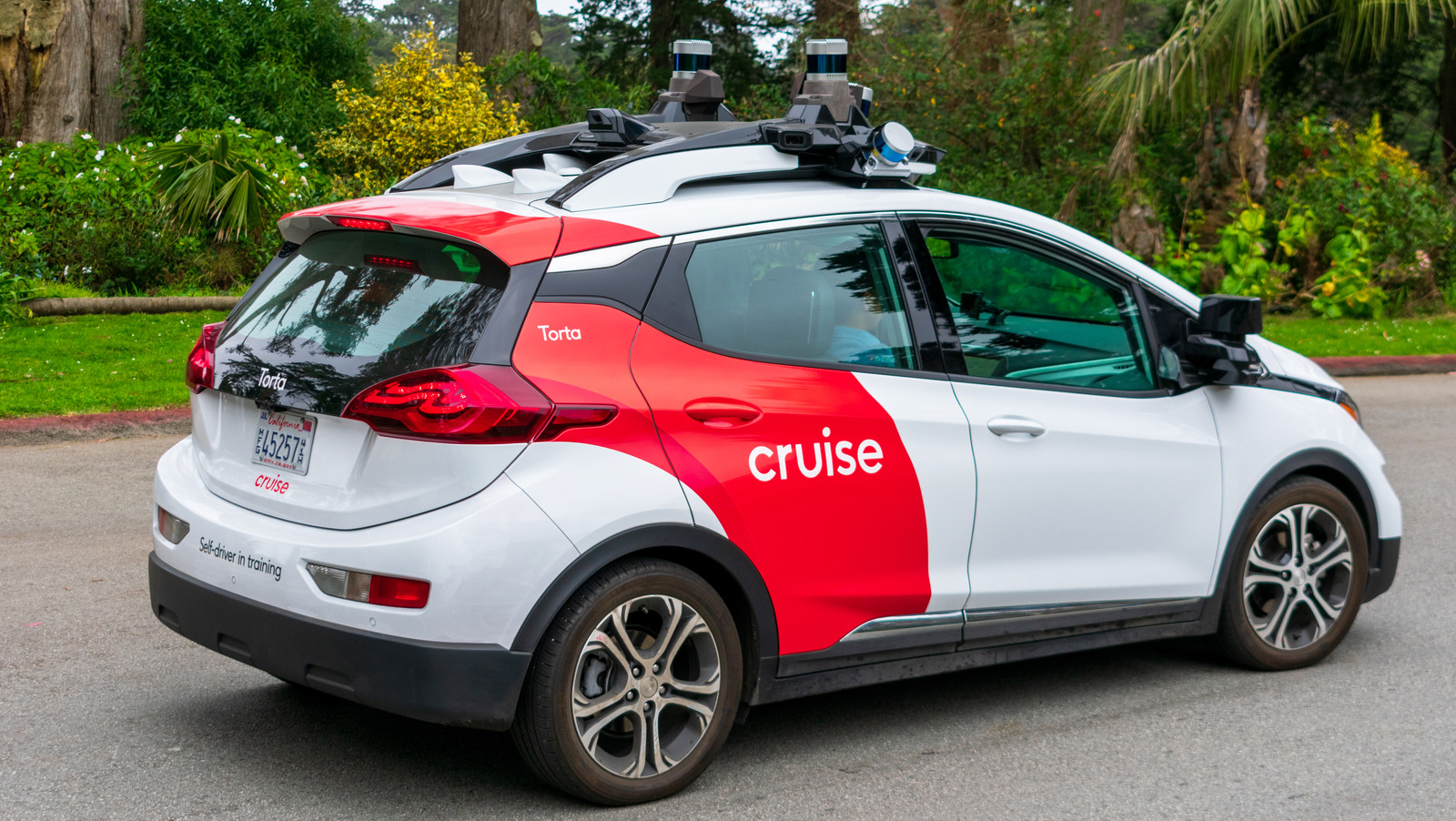If there is an internal combustion machine model (Ice) in the Mercedes-Benz lineup you have longed for obstacles as all electric vehicles, you shouldn’t have to wait too long. German automotive mainstay expressed his intention to make Battery EV alternatives for each series in stable in 2024 or 2025, editorial electrification media for a week Blitz in Germany and France in early April.
That’s where we took the first drive from the two new EQE Electric Executive Sedans, 2023 EQE 350+ and EQE 500 4matic, which is scheduled to hit the US coast in the fall of 2022. Even though you can consider EQE electrics as the same size partner as the E- sedan Gas-powered classes, they may be more accurate to think of as smaller sized versions of the EQS 450+ luxury sedan and EQS 580, which themselves are more than electricity in class cars.
After EQS, EQE is a second model built on the EVA2 electric platform scalable Mercedes, with further models to come this year. The EQE sedan has more mainstream specifications compared to EQS for things such as size, acceleration, battery packs and output power, horsepower, and torque. However, the EQE sedan will also have a lower price than EQS 450+ (basic price of $ 102,310) and EQS 580 4matic (base price of $ 125,900), which can make them more attractive Mercedes choices to people considering the top-class electric sedan like Clear air ($ 77,400) basis) or BMW i4 (base $ 55,400). The US final price for the EQE sedan must be announced later this year.
A lighter touch
EQE maintains the design of “one-arc,” that advanced from EQ with its body mostly consisting of various steel values, as well as light aluminum for doors, hoods, closing stems, and front fenders. Mercedes emphasizes heavily on aerodynamics for energy efficiency. The larger EQ has a low obstacle coefficient of only 0.2, while the EQE barrier coefficient has not been released, it must be a higher degree because of certain design constraints such as shorter front and rear overhang.
In 196.6 inches with a wheelbase of 122.8 inches, EQE several inches shorter in both numbers other than EQS, but high and wide. Thus, the cabin does not suffer in the spaciousness. Settling into the driver’s seat and find the perfect height and depth of the door, control chairs that can be adjusted to 4 directions feeling relaxed and supporting for 90 minutes drive at EQE 350+.
The car was also sealed very well and protected against the sound of the wind, so the journey was very calm when we wanted it or there was a minimum for no noise disturbance with a standard burmester sound system. Listening to German nu-disco music from local radio sounds clear and defined as if sitting in a well-set living room, even though Siriusxm satellite radio is also a standard.
Subtle power
It also helps that test vehicles are equipped with many optional add-ons such as watermatic air suspension, enhanced from standard steel suspension. Even though we were hard to find a lot of rough roads to charge a suspension tax along the test drive route which took us through the city inside the Frankfurt and Autobahn, rustic roads, and suburban suburban, both EQE models with enough slid through some very smooth rides.
However, the two versions of EQE felt somewhat different from the pilot. EQE 350+ has a single rear axle, a 215 kw motorbike produces 288 horsepower and 391 pound of torque. On the other hand, the EQE 500 pair of the front and rear axle motorbike joined for 300 kW output power and 402 horsepower, with a torque number yet announced. It also gets its moniker from the 4matic all-wheel drive which is fully variable with shift torque.
The most easily visible difference when driving both cars comes from acceleration, which is estimated at 0 to 60 mph in 6.2 seconds for EQE 350+ and 0 to 60 MPH in 5.2 seconds for EQE 500 4matic. But what is the difference done one second. It feels like a much more drastic pop in the drive car all the wheels, whether the floor is from a complete stop or just punching speed quickly 20 mph from the casual press on the accelerator.








